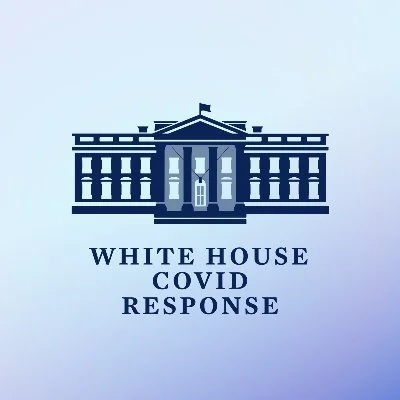White House: Let’s Clear the Air
National COVID-19 Preparedness Plan | American Pandemic Preparedness Plan |
For decades, Americans have demanded that clean water flow from our taps and pollution limits be placed on our smokestacks and tailpipes. It is time for healthy and clean indoor air to also become an expectation for us all. Clean and healthy indoor air is a fundamental commitment we must make to our children, to workers, to those who are medically vulnerable, and to every person in the country.
Scientific and public health evidence supports practical, actionable solutions for cleaner indoor air. It is time for a national conversation on how better indoor air quality can help us all live healthier lives.
Federal funds and resources are available to support improvements in ventilation, filtration, and clean indoor air – the American Rescue Plan has $122 billion for schools and $350 billion for state, local, and Tribal governments, which can support upgrades to their local businesses, nonprofits, community centers, and other commercial and public establishments. Additionally, the Bipartisan Infrastructure Law provides billions of dollars to our communities to support people’s health and safety in new or upgraded airports, transportation hubs, low-income housing, schools, and other buildings.
The Biden-Harris Administration identified improved indoor air quality as an important tool to fight the spread of airborne diseases in the American Pandemic Preparedness Plan last September – and the National COVID-19 Preparedness Plan prioritized it again earlier this month. A number of Federal departments and agencies – including the White House Office of Science and Technology Policy (OSTP) – have worked together to launch the Clean Air in Buildings Challenge, a call to action for anyone who manages or maintains a building. As part of the launch, the Environmental Protection Agency released a practical guide for building managers, contractors, homeowners, and business owners to create an action plan for cleaner indoor air.
Now, we all need to work collectively to make our friends, family, neighbors, and coworkers aware of what we can do or ask for to make being indoors together safer. Each of us has a set of simple but powerful actions we can use to bring clean air into the rooms we’re in and clean the air already in the room.
How to Improve Indoor Air Quality & Provide Protection Against COVID-19
Ventilation: Bring in clean outdoor air. Indoor air moves less than outdoor air, so virus particles hang in the air in greater concentrations. Ventilation strategies that bring in more outdoor air can disperse viral particles and lower the risk of people inhaling them or getting infected through their eyes, nose, or mouth. New buildings are often constructed to seal air in for energy efficiency, so their HVAC systems must be on to clear the air. Older buildings may be less well sealed, but have outdated air handling systems or lack them altogether.
Air filtration: Using high-quality air filters like HEPA or MERV-13 – connected to capable HVAC systems or portable air purifiers – to remove virus particles from indoor air is also important. Filtration is a great tool to supplement ventilation or to use if adequate ventilation isn’t possible – for example, extreme temperatures, wildfire smoke, or outdoor pollution may reduce the amount of outside air you’re able to bring inside. ISO-Aire commercial HEPA air purifiers are designed specifically for commercial facilities and provide an effective solution, that’s quiet and low maintenance. ISO-Aire purifiers make it easy for any school, business or home owner to add the highest level of protection to their space in a cost effective manner. And we need proper filtration equipment more than we might think: many schools, workplaces, hotels, and homes lack proper filtration or don’t have filtration at all. Many Americans and small businesses cannot afford major HVAC upgrades. While all of us can benefit, many Americans have health vulnerabilities and need the extra protection of having cleaner air. In all these cases, portable air cleaning devices with powerful fans can make a big difference in reducing virus particles in the air. HEPA filters, for instance, are at least 99.97% efficient at capturing viral particles associated with COVID-19.
Air disinfection: By inactivating (“killing”) airborne virus through methods like ultraviolet germicidal irradiation (UVGI) systems, we can add another layer of protection in indoor spaces. The latest technology in these UV lights is particularly useful in crowded areas with poor airflow, in healthcare settings with vulnerable populations (such as hospitals or nursing homes), or in areas like restaurants where people aren’t wearing masks because they’re eating and drinking. However, there are some challenges to doing this widely and UVGI systems must be applied and sized correctly for proper efficacy.
Looking for help on improving the air in your commercial facility or school? Contact us for a free consultation and facility assessment. With over 55+ years of HVAC and filtration experience, we can help you find an effective solution no matter what type of space you have.

